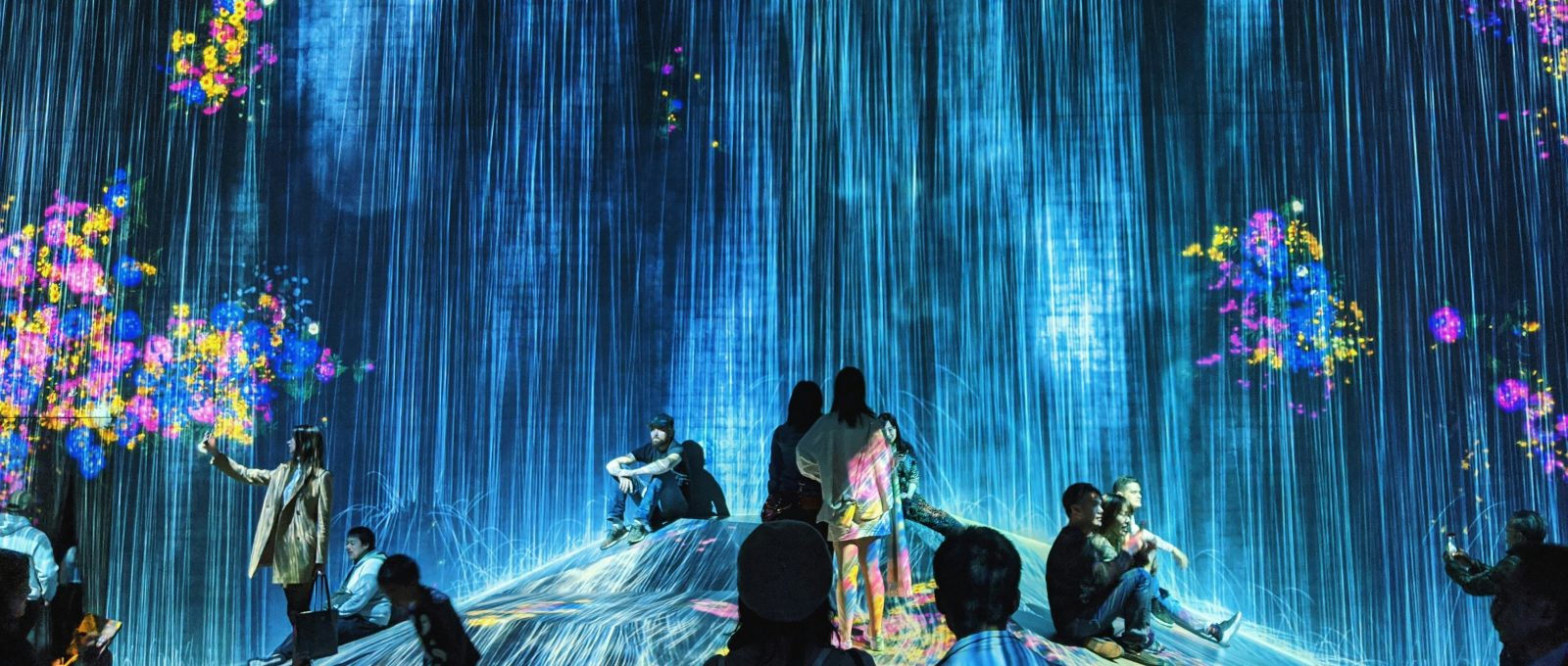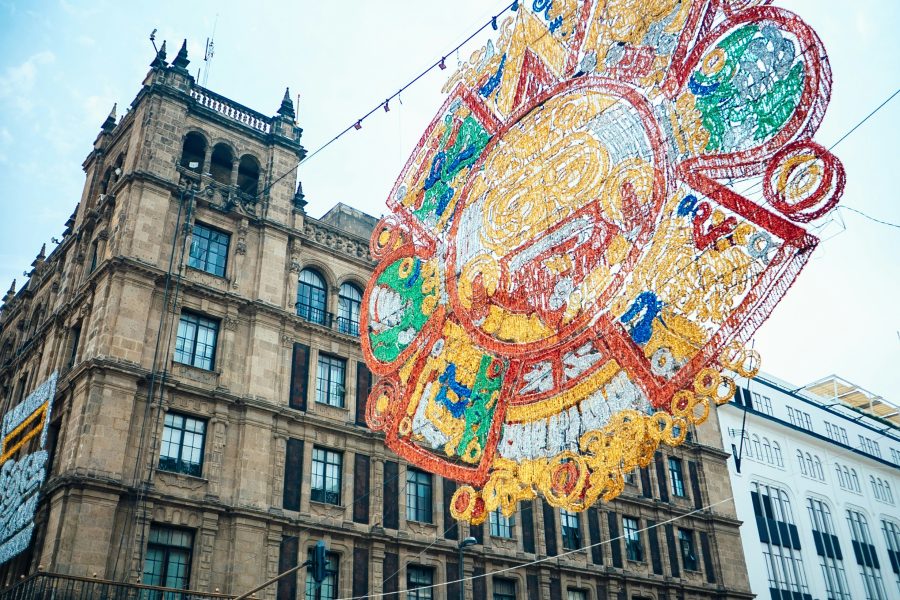Introduction
Welcome to the vibrant world of digital art, where creativity meets cutting-edge technology, transforming traditional art forms and introducing a new era in artistic expression. In this blog, we’ll explore the profound impact of digital tools and techniques on the art world. From digital painting and sculpting to virtual reality and beyond, technology is not just reshaping how art is made but also how it’s perceived and experienced by audiences worldwide. Join us as we dive into this fascinating intersection of art and technology, examining how innovations are pushing creative boundaries and ushering in new art trends.
The Evolution of Digital Art

The landscape of the art world has dramatically transformed over the past few decades, thanks to the relentless advancements in technology. Digital art is no longer a fringe segment of creativity but has become central in shaping how we understand, create, and interact with art. From pixel art in the 1980s to the sophisticated 3D modeling seen today, digital technology offers unprecedented mediums of expression.
Advancements in Software Tools
The evolution of software tools has been instrumental in the growth of digital art. Early programs like Deluxe Paint and Adobe Photoshop laid the groundwork, enabling artists to manipulate images and create digital masterpieces in ways never before possible. Today, software applications like Adobe Illustrator for vector art, Corel Painter for digital painting, and Blender for animations are refining what artists can achieve. These tools not only enhance the intricacy and precision of artworks but also expand the horizons of artists’ creativity by removing traditional constraints.
Virtual Reality and Artistic Experience
Virtual Reality (VR) technology has ushered in a new dimension of artistic expression and consumption. VR platforms transform how art is experienced, by immersing the viewer directly into the artwork. Artists like Elizabeth Edwards use VR to create sculptures that challenge the traditional boundaries of form and space. In exhibitions, VR allows viewers to step into completely fabricated worlds, enhancing emotional connection and understanding through a truly visceral exposure to the conceptual layers of the artwork. This technology not merely showcases digital art but also creates a novel realm of perceptual experience that could only be dreamt about a few years ago.
Enhancing Creativity Through Technology
As technology continues to advance, its role in art does not merely lie in creating new tools for artists but also in reshaping the entire creative process. It opens up new pathways for artists to explore and express themselves in more democratic and innovative ways.
Accessibility and Inclusitivity
Digital technology has democratized the production and consumption of art. High-quality digital creation tools and platforms such as Procreate and Adobe Creative Cloud are available to a larger audience at relatively affordable prices, breaking the barriers to entry that many potential artists face with traditional media. Furthermore, technology enables artists with disabilities to express themselves through adaptive tools and interfaces. This inclusive approach expands the art community and enriches it with diverse perspectives and styles that might otherwise remain unseen.
Interactivity and Collaboration
The digital realm facilitates a level of interactivity that traditional art mediums can hardly match. Online platforms and social media have given rise to collaborative projects where artists from different parts of the world can create together in real-time. This has not only enhanced creative collaboration but also fostered a global art community that can share, critique, and improve upon each other’s work instantaneously. Interactive art, where viewers can influence the outcome or form of the artwork, is another exciting frontier that challenges the passive consumption of art.
Personalization and Experimentation
Digital technologies empower artists to experiment in ways that are not possible with traditional mediums. With digital tools, an artist can easily alter compositions, color schemes, and elements without the risk of ruining a piece. The undo button alone revolutionizes the process, allowing for riskier experiments. Moreover, artists can create highly personalized artworks by integrating data and algorithms, which can analyze an audience’s engagement and preferences, adapting in real-time. This level of personalization is transforming how art is made and experienced, making it more relevant and engaging to a broader audience.
In conclusion, the synthesis of art and technology is not just redefining existing paradigms but is actively crafting new realms of possibility. As we continue to witness and contribute to these developments, it becomes clear that technology is not just a tool but a vital catalyst in the ongoing evolution of creative expression.
Influence on Art Trends
The digital revolution has significantly impacted the way art is created, shared, and perceived. As technology evolves, it continuously shapes new art trends that redefine the aesthetic and conceptual boundaries of creativity.
Popularity of NFTs
One of the most fascinating developments in digital art has been the rise of Non-Fungible Tokens (NFTs). NFTs are unique digital assets verified using blockchain technology, which ensures their authenticity and ownership. This technology has opened a new marketplace for digital artists and collectors alike, making it possible for digital art to be bought and sold like physical art pieces. The popularity of NFTs has skyrocketed, as they allow artists to monetize their work more effectively and reach global audiences with ease. Moreover, NFTs have introduced art enthusiasts to a novel form of collecting, driving interest in digital works and expanding the art market to include a new generation of digital natives.
Integration of AI in Artistic Processes
Artificial Intelligence (AI) is reshaping artistic creation, offering tools that can enhance an artist’s ability to generate complex, innovative works. AI algorithms can analyze vast amounts of data to produce patterns, colors, and forms that might not be immediately obvious to the human eye. This integration of AI in the artistic process is not just about automating creativity but providing artists with new ways to engage with their medium. Tools like neural networks and deep learning models have empowered artists to explore new realms of digital expression, from creating hyper-realistic digital paintings to generating dynamic 3D models. The inclusion of AI has democratized art creation, enabling both seasoned artists and novices to experiment with advanced techniques and express their creativity in unprecedented ways.
Future Prospects and Challenges
As digital technologies continue to evolve, they bring about both new opportunities and challenges. The future of digital art is promising but navigating the accompanying ethical and sustainability issues will be crucial for its continued growth and acceptance.
Ethical Considerations in Digital Art
The integration of digital technologies in art raises several ethical questions. Issues such as copyright infringement, the authenticity of digital reproductions, and the role of AI in the creative process are at the forefront of discussions. There’s a fine line between using AI as a tool and allowing it to become the creator, which could potentially diminish the value of human artistry. Moreover, the rise of deepfakes and the misuse of digital tools to create art that invades privacy or spreads misinformation are concerns that need addressing. As the digital art landscape expands, establishing ethical guidelines that protect artists, consumers, and subjects is imperative.
Sustainability and Conservation
The digital art world also faces challenges related to sustainability and conservation. Unlike traditional art forms, digital art’s existence hinges on electronic devices and data centers, which consume significant amounts of energy, contributing to environmental degradation. However, digital art also offers some eco-friendly advantages; it does not require physical materials such as paint, brushes, and canvases, all of which have environmental impacts due to their production, use, and disposal processes. Moreover, the longevity of digital art could be a concern, as rapidly changing technologies may render current formats obsolete, threatening the preservation of digital works. Addressing these challenges requires ongoing research into more sustainable practices and technologies that can help minimize the ecological footprint of digital art creation and ensure its preservation for future generations.
As we look forward, it is clear that the intersection of art and technology will continue to shape creative paradigms, posing both exciting opportunities and complex challenges. The journey of digital art is just beginning, and its full potential and impact are yet to be seen.
Conclusion
The fusion of technology and art invites us into a new era of creativity where boundaries are constantly being redefined. Digital art not only expands the toolkit available to artists but also broadens the audience’s experience, making art more accessible and interactive. As we continue to innovate and embrace these technological tools, the artistic landscape will undoubtedly evolve, offering new mediums and methods for expression. Embracing digital art means looking forward to a vibrant, dynamic future in the world of creativity.







Leave a Comment